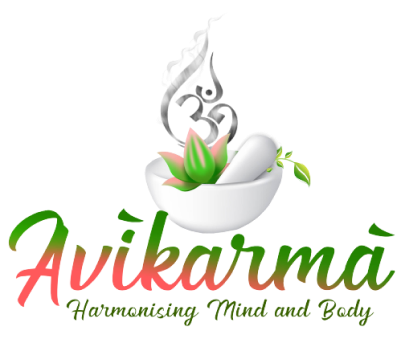- Dhanurasana-:
Ayurveda plays an important role to prevent and treat disease. It especially deals with the balancing mind and body. The names come from the Sanskrit words “Dhanu means Bow” and “Asana means posture or seat”. By doing this asana, the spinal cord is stretched backward, which brings back the flexibility of the spinal cord and it also tones the abdominal organs. Most elderly people are not able to do this due to their spine becomes rigid. Daily practice of Dhanurasana and Shalabhasana brings flexibility to our body and opens both our hands so that we do not feel much pain while lifting something heavy.
- Let’s learn how to do Dhanurasana-:
- First of all, lie down on the ground full length on the stomach and keep the face down.
- Now while exhaling slowly, bend the knee and spread both hands backward and hold the left ankle with the left hand and the right ankle with the right hand, and breathe comfortably 2 times.
- Now exhale completely and while lifting the leg above the ground, raise the chest above the ground as well. Both the hands and arms act as the bowstring to draw the bowed bow.
- Now raise your head and pull your body backward as far as possible and do not rest your ribs on the ground. Only the stomach will be on the ground so that only the ground can bear the weight of the body.
- Now lift the leg slowly but while lifting do not connect the legs with the knees because by doing so the legs will not legs up properly. After getting the stretch by raising the legs, join the thighs, knees, and ankles together.
- If your stomach is too big, then you do not need to worry if your breathing becomes fast while doing asanas. Only you have to stay in this asana for 20 seconds to 1 minute according to your ability.
- Now while exhaling release your ankles, bring your feet and head back to the floor and come back to your resting position, sit comfortably.
- Benefits of Dhanurasana-:
- Stretches the abdominal muscles and improves the digestion process.
- It helps to tone your back, and abdominal region, and improve spinal flexibility.
- It helps to reduce excess fat from the arms and legs.
- It relieves menstrual discomfort and constipation.
- It improves the posture of the body.
- Precautions & Tips to take to perform Dhanurasana for Beginners-:
Any beginner yoga candidate has to be very careful while doing this pose so that you do not have any bone problems. If you are practicing Dhanurasana, then you should take care of these things.
- To do this asana, first, you can keep the cushions or blankets under your thighs by folding them under the thigh so that you can lift your leg completely.
- If you can’t reach your ankles, try raising your legs without pushing your body.
- If you suffer from neck problems or lower back injuries, this may not be the right asana for you, since it could aggravate those issues.
- Hold your ankles gently and don’t squeeze them too hard as this can restrict circulation.
- If you are practicing this posture for the first time, then you should take advice from our yoga teacher to do this asana.
Note-: If you liked this blog of ours, then do not forget to share and like it with your friends and family relatives, and do not forget to subscribe to all our channels.
You can visit our website to get more information related to yoga and if you want to do yoga classes online, then you can take the facility of classes by booking on our website.
If you have any doubts, you can clear your doubts by calling and messaging us.
Don’t forget to subscribe and follow our channel by clicking on the link given below.
https://www.youtube.com/@avikarma555
https://www.instagram.com/avikarma2
https://www.facebook.com/avikarma2
ThankYou!
